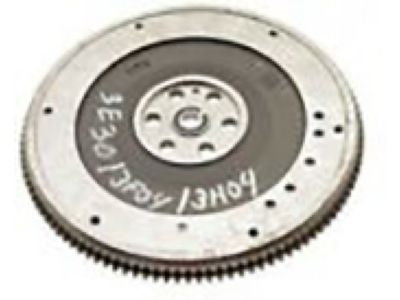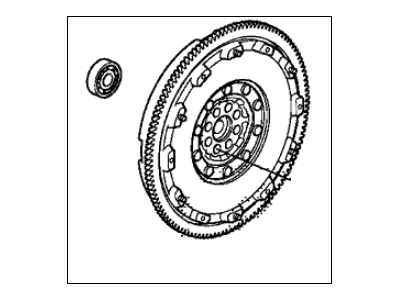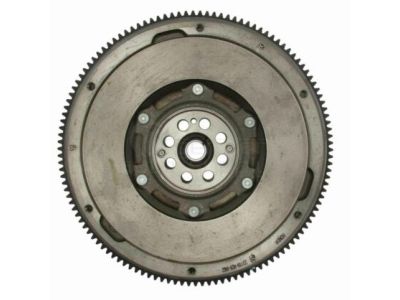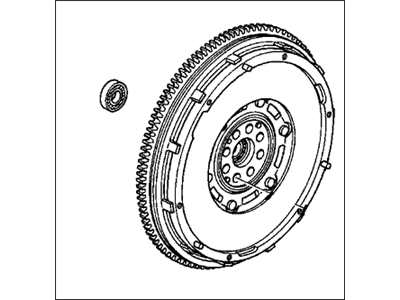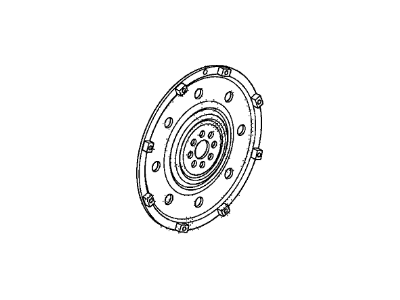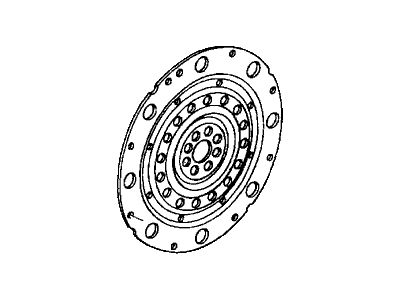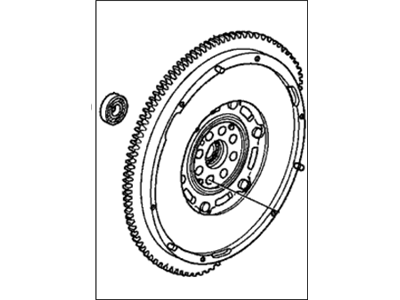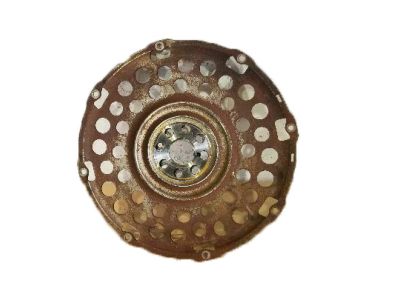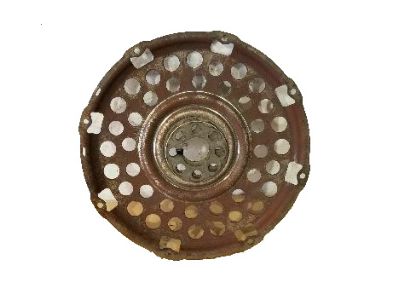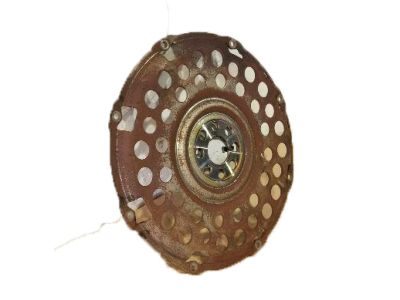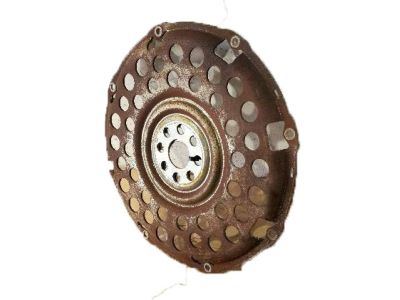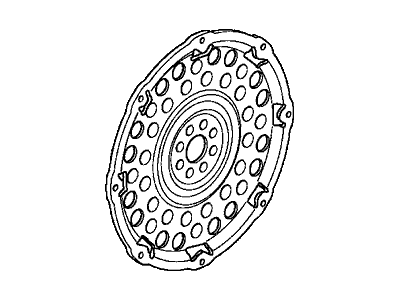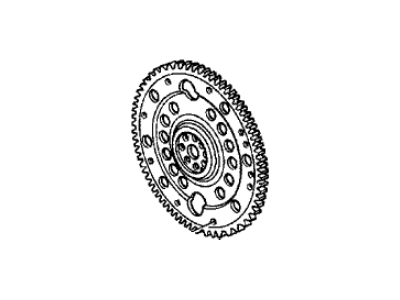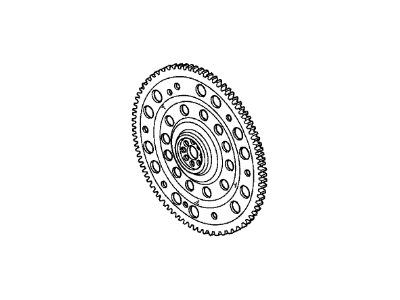×
- Hello
- Login or Register
- Quick Links
- Live Chat
- Track Order
- Parts Availability
- RMA
- Help Center
- Contact Us
- Shop for
- Acura Parts
- Acura Accessories

My Garage
My Account
Cart
Genuine Acura TL Flywheel
Clutch Flywheel- Select Vehicle by Model
- Select Vehicle by VIN
Select Vehicle by Model
orMake
Model
Year
Select Vehicle by VIN
For the most accurate results, select vehicle by your VIN (Vehicle Identification Number).
9 Flywheels found

Acura TL Clutch Flywheel
Part Number: 22100-RK2-023$3032.89 MSRP: $4331.47You Save: $1298.58 (30%)Ships in 1-3 Business Days
Acura TL Transmission Flywheel
Part Number: 22100-RCA-006$1004.85 MSRP: $1435.08You Save: $430.23 (30%)Ships in 1-3 Business DaysAcura TL Plate,Drive
Part Number: 26250-RKG-L00$137.48 MSRP: $194.18You Save: $56.70 (30%)Ships in 1-3 Business DaysAcura TL Drive Plate
Part Number: 26251-P8F-000$64.96 MSRP: $90.60You Save: $25.64 (29%)Ships in 1-3 Business DaysAcura TL Flywheel
Part Number: 22100-R72-006$1460.96 MSRP: $2086.48You Save: $625.52 (30%)Ships in 1-3 Business Days
Acura TL Flywheel
We provide a broad range of OEM Acura TL Flywheel at unbeatable prices on our website. For your OEM parts, You can count on the guaranteed quality, manufacturer's warranty, outstanding customer service, and prompt delivery. We look forward to your visit.
Acura TL Flywheel Parts Questions & Experts Answers
- Q: How do you remove and reinstall the flywheel/driveplate from the transaxle on Acura TL?A:Remove the engine and transaxle, then separate the transaxle from the engine. If the vehicle has a manual transmission, remove the pressure plate and clutch disc, taking this opportunity to check or replace the clutch components and pilot bearing if necessary. For an automatic transmission, check and replace the front pump seal or O-ring. Use paint or a center-punch to make alignment marks on the flywheel/driveplate and crankshaft to ensure correct alignment during reinstallation. Remove the bolts securing the flywheel/driveplate to the crankshaft, holding the flywheel with a prybar or wedging a screwdriver into the ring gear teeth if the crankshaft turns. Carefully remove the flywheel/driveplate from the crankshaft, supporting it while removing the last bolt, and retrieve the washer on models with an automatic transaxle. Clean the flywheel to remove grease and oil, inspecting the surface for cracks, rivet grooves, burned areas, and score marks, with light scoring removable using emery cloth. Check for cracked and broken ring gear teeth or a loose ring gear, laying the flywheel on a flat surface to check for warpage with a straightedge. Clean and inspect the mating surfaces of the flywheel/driveplate and crankshaft, replacing the crankshaft rear seal if it is leaking before reinstalling the flywheel/driveplate. Position the flywheel/driveplate against the crankshaft, aligning the marks made during removal, and note that some engines have an alignment dowel or staggered bolt holes for correct installation. Apply thread locking compound to the bolt threads before installation, wedging a screwdriver into the ring gear teeth to prevent the flywheel/driveplate from turning while tightening the bolts to the specified torque. The remainder of the installation follows the reverse order of removal.
